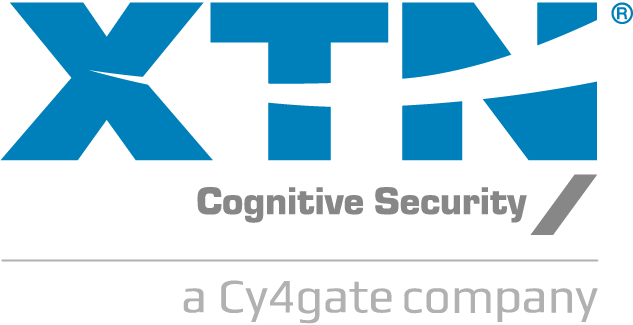WHAT IS FRAML?
In the ever-evolving landscape of financial crime prevention, a new term has emerged: FRAML, an acronym for Fraud and Anti-Money Laundering. This seemingly simple combination encapsulates a significant shift, particularly for financial institutions, as it heralds the convergence of traditionally separate domains: fraud prevention and anti-money laundering. While distinct in their motivations and objectives, fraud and AML teams share common goals, including safeguarding customers, protecting organizational reputation, enhancing efficiency, and ensuring regulatory adherence.
This holistic approach to FRAML offers several compelling advantages. First, it provides a unified customer view, empowering both departments with comprehensive insights to better identify and address suspicious activities. Second, leveraging advanced analytics originally developed for fraud detection enhances AML efforts, enabling real-time detection of money laundering behaviors and prompt remedial action. Last but not least, by sharing solutions and resources, organizations can achieve economies of scale, reducing costs and maximizing the expertise of their personnel across departments.
TOP TRENDS FUELING FRAML FOR BANKS
Pete Redshaw, Vice President Analyst for Global Financial Services at Gartner®, has graciously provided us with exclusive insights into the significant trends driving the adoption of the FRAML paradigm among vendors and financial institutions. With his expertise and industry authority, Redshaw offers invaluable perspectives that underscore the importance of these emerging trends in shaping the future of financial crime prevention.
Here, we reveal 5 of the 8 trends that, according to Pete, are influencing the adoption of the FRAML paradigm:
- Holistic Approach: Banks have various AML needs, including transaction monitoring, know your customer (KYC), risk investigations, behavioral biometrics, and case management. Integrating these with cybersecurity and fraud functionalities enhances performance. In this sense, there is already an ongoing convergence between AML and fraud platforms for comprehensive solutions.
- AI Evolution: Machine learning is advancing with the increased use of unsupervised training. Systems now autonomously suggest updates to banks’ machine learning (ML) rules and features, lightening the workload of data scientists. This accelerates feature deployment to daily or weekly intervals, compared to months previously. Additionally, generative AI is increasingly employed to enhance systems.
- Pre-emptive: In AML, proactive measures are essential for prevention. It’s beneficial to undertake various activities such as regular customer alerts and continuous KYC checks, not limited to onboarding. Leveraging Long-Term Memory (LTM), models can aid in predicting future customer transactions while employing Generative AI enhances the ability to anticipate potential attacks.
- Hosting: FRAML is moving towards increased adoption of cloud-based solutions, whether private, vendor-based, or public. The choice will be determined by compliance considerations.
- Talent: Amidst a talent crisis with a shortage of experts, banks are compelled to maximize the productivity of their existing workforce. One approach is to enhance machine learning auto-tuning, shifting the responsibility for machine learning maintenance to vendors.
WATCH THE WEBINAR TO LEARN MORE!
To unveil the remaining three trends, be sure to tune in to our webinar in collaboration with Gartner®, titled AML and Fraud Convergence. This exclusive webinar will not only reveal all 8 trends identified by Pete Redshaw but also provide invaluable insights and perspectives on the challenges banks face in this evolving landscape. Additionally, you will discover XTN’s standpoint on the convergence of AML and fraud, showcasing its significant relevance and how our capabilities are specifically designed to enhance this convergence. Don’t miss out – register now to unlock the full spectrum of insights and expertise!
XTN PROVIDES REAL-TIME AML AND FRAUD DETECTION
Recognizing the needs and challenges our clients face, we, as XTN, have naturally shifted towards a platform that tackles both fraud and AML concerns simultaneously.
This enables us to provide real-time insights into AML through risk scoring and identifying suspicious behaviors via user behavior analysis. By providing a unified platform to evaluate transaction risk for both fraud and AML, we give customers a complete solution, saving on extra costs and easing team workloads.
FRAML represents a turning point in the world of fraud and money laundering prevention, offering financial institutions the tools they need to effectively and efficiently address current challenges. With its holistic approach, AI evolution, and ability to adopt a proactive strategy, FRAML emerges as an essential component of financial institutions’ security strategy for the future.
Deepen the topic by joining our webinar on AML and fraud convergence! Choose the time and date that are most convenient for you. Register here.



